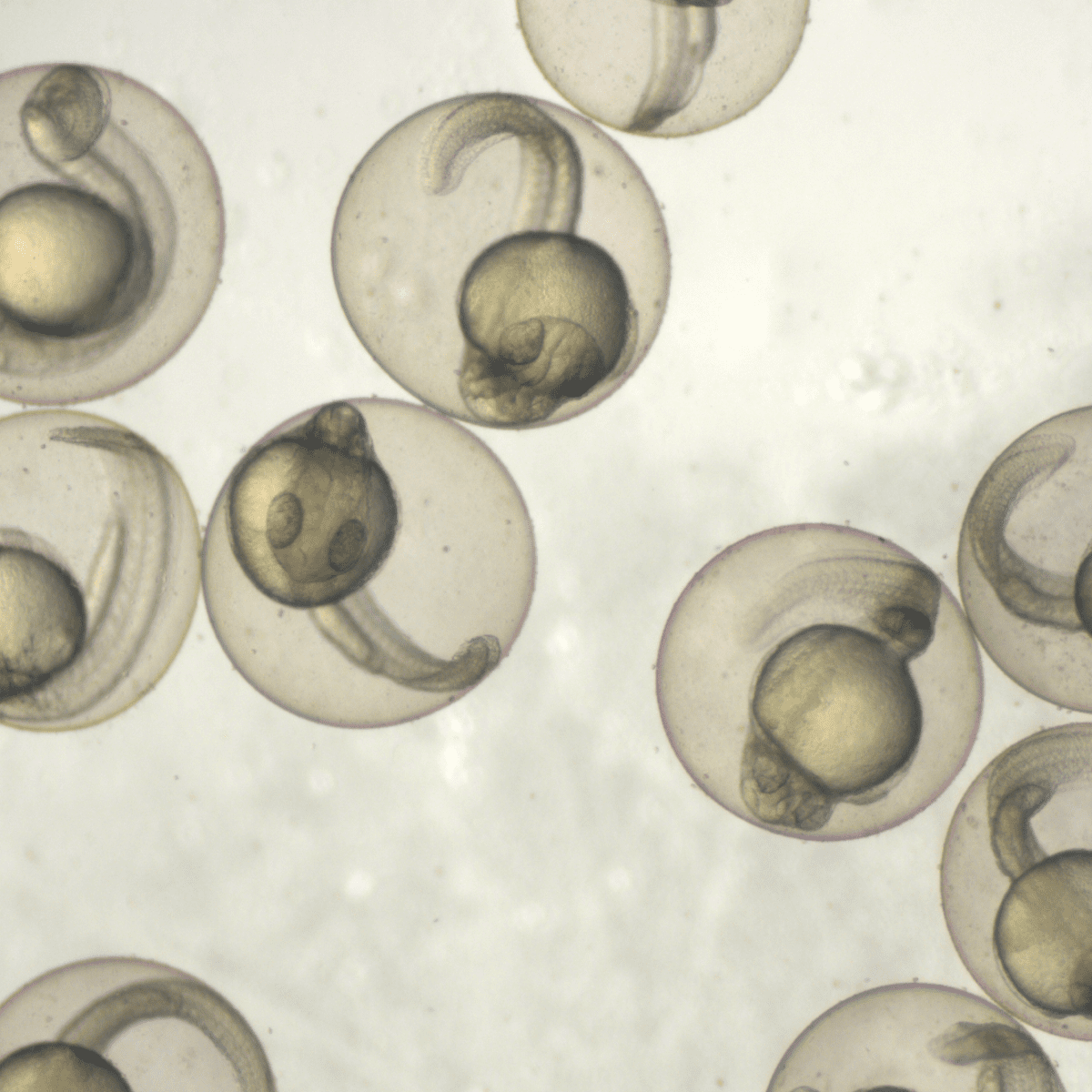
Researchers report unprecedented toxicological analysis of multifunctional nanoparticles
Nanoparticles, clusters of atoms typically between 1 and 100 nanometers in size, have been investigated across a wide range of fields of knowledge. The properties of these tiny particles can be controlled by their composition, size and shape. This way, they are adaptable to virtually every kind of application. For example, multipurpose nanomaterials, combining properties such as optical and magnetic properties, are promising in a variety of biotechnological applications such as cancer treatment, diagnosis, screening, among others.
However, there is still insufficient information on possible toxic effects of these materials, either on organisms or on the environment. Therefore, in a paper that was the cover of the journal ACS Applied Nano Materials, Latif U. Khan and collaborators [1] report the use of Danio rerio fish, popularly known as Zebrafish, for toxicological testing of nanoparticles with photoluminescent and magnetic properties.
These animals are already used in tests for the design, physicochemical characterization and biosafety of nanomaterials. According to one of the authors, Diego Martinez, researcher from the Brazilian Nanotechnology National Laboratory (LNNano), the Zebrafish “is an interesting
in-vivo model because it lies between mouse and the in-vitro tests. Zebrafish eggs have rapid development and are transparent, which facilitates the observation of toxic events with optical microscopy.”
The protein membrane surrounding this fish’s embryo, called chorion, is about 200 nanometers thick. The chorion prevents the passage of nanoparticles and is electrically negative, attracting and blocking the passage of positive ion heavy metals. For this reason, analyses of biological accumulation were performed on embryos with and without the chorion, and at different concentrations of nanoparticles.
Among their analyses, the researchers used the X-ray fluorescence beamline (XRF) of the Brazilian Synchrotron Light Laboratory (LNLS) for qualitative and quantitative chemical mapping of nanoparticles. With this technique, the group observed that nanoparticles have accumulated in the gastrointestinal system of the embryos rather than by absorption through their skin. The study also concluded that the multifunctional nanoparticles cause minimal toxicological damage to Zebrafish embryos, both with and without the chorion.
The results provide useful information for studies of oral administration of nanoparticles for humans and for the environment, and to ensure the safe application of these materials.
Source: [1] Latif U. Khan, Gabriela H. da Silva, Aline M. Z. de Medeiros, Zahid U. Khan, Magnus Gidlund, Hermi F. Brito, Oscar Moscoso-Londoño, Diego Muraca, Marcelo Knobel, Carlos A. Pérez, and Diego Stéfani T. Martinez, Fe3O4@SiO2 Nanoparticles Concurrently Coated with Chitosan and GdOF:Ce3+,Tb3+ Luminophore for Bioimaging: Toxicity Evaluation in the Zebrafish Model. ACS Applied Nano Materials 2019 2 (6), 3414-3425. DOI: 10.1021/acsanm.9b00339
Research investigates effect of additive manufacturing on aerospace materials
Results may contribute to a better understanding of the chemical reaction that causes the degradation of concrete structures